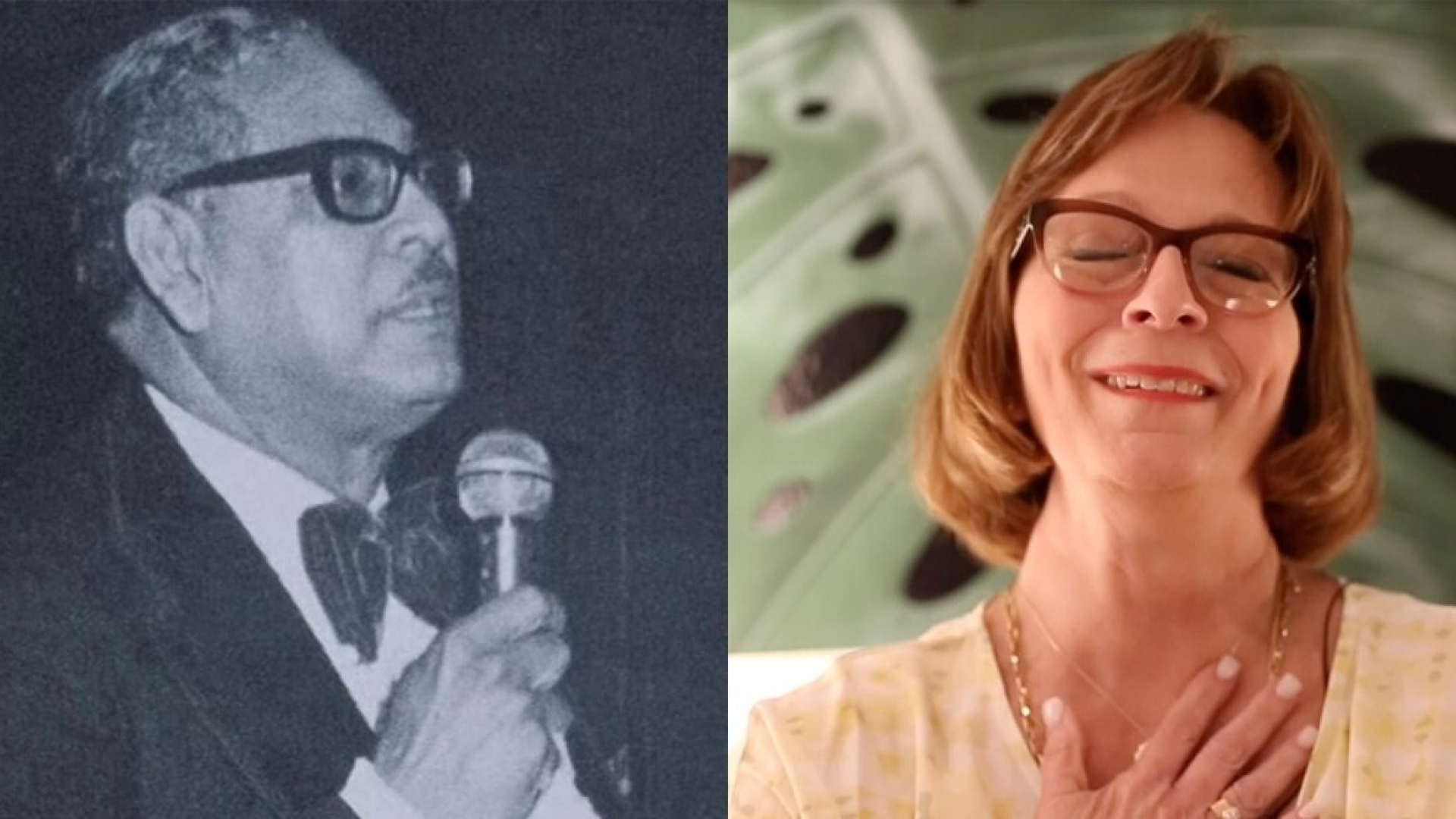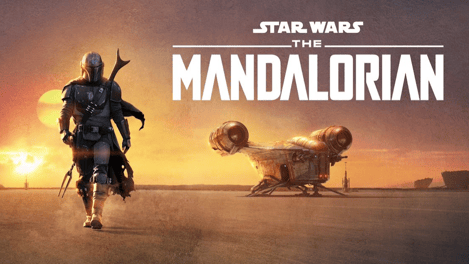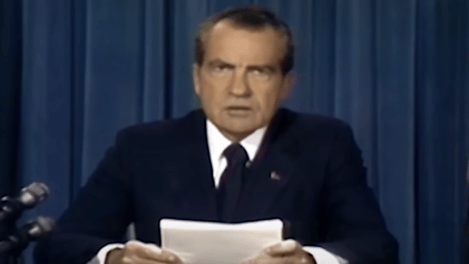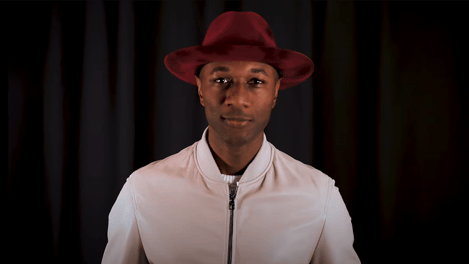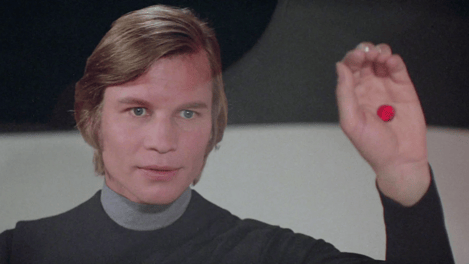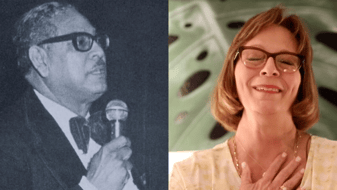
How Respeecher Revived Manuel Rivera Morales’ Iconic Voice for the Olympic Games
Manuel Rivera Morales gained nationwide fame in Puerto Rico during the 1960-80s when he covered BSN basketball games live, first on the radio and later on television.
Puerto Ricans have long associated the voice of Rivera Morales with the notable success of their basketball team in the 70s and 80s. Even today, Rivera Morales is considered by many to be the best sportscaster in Puerto Rican history and one of the best in the world.
The DDB agency and Respeecher partnered to revive his memorable voice with the help of artificial intelligence (AI). The project was devoted to the National Women's Basketball Team, which made its debut at the Olympic Games for the first time, playing against China.
The idea was for the sportscaster to broadcast the match, which would be an absolute surprise for the nation.
The result was an emotional performance in which the voice of Rivera Morales narrated the Puerto Rico match against China on Tuesday, July 27, sharing the broadcast with the commentator Natalia Meléndez.
This project has been recently recognized by the SME Awards 2022 and has won three awards in the following categories:
- For Innovative Use of Technology - gold award
- Social media - bronze award
- Branded content - gold award
SME is an association recognizing the effective integration of social media in marketing campaigns, public relations, advertising, and promotions, as well as creating new digital solutions for businesses.
The Project in Numbers
This project is one of the first where Respeecher worked with such a large volume of data in such a short time.
|
1H 50Min Match length between the women's national teams of China and Puerto Rico. |
5 Hours Respeecher spent on transforming source speech into Morales' speech. |
10 Days Training a machine learning model to be able to synthesize Morales' voice.
|
How was the voice of the broadcasting legend cloned?
First, let's briefly describe how speech synthesis technology works.
In short, you have the voice of the person you want to clone (also called the target voice). You also have the voice of the person that you intend to transform into the target voice (this is called the source voice).
And there is a medium, controlled by AI, which studies the target's voice, understands its features, and then transforms the source's voice into the target's. The services of such a medium are exactly what Respeecher provides.
Respeecher built an audio version of the super resolution algorithm to deliver the highest resolution audio, even in cases when the client doesn't have high-res sources available. Learn more about it by downloading this whitepaper about Respeecher's audio super-resolution algorithm.
This is not the first time we resurrected a sport legend’s voice - we also created a digital Vince Lombardi for the 2021 Super Bowl LV. It’s just that this time we were working under such difficult conditions.
Please see what Vitalii Knyr, the Head of Delivery at Respeecher pointed out as main challenges in this project:
- Fresh/Experimental model
When we received the target data we put all our hopes in the new experimental model, which theoretically should have worked better with noisy samples, but we didn't have enough experience with applying it to commercial projects. - Language
Since we didn't have anyone in the team who spoke Spanish, we were not sure if the conversion worked well until we shared the result with DDB. It was a great relief when the client responded "Thank you so much! The sound is perfect!". - Zeitnot
We usually have a couple of days between receiving the final lines to convert and sharing the result with the client, but in this case, it was a couple of hours to do the job on our end. On top of the fact that we didn’t have anyone that could speak Spanish, we only had one shot to do our work well and we couldn't check if it was good or not until the client returned to us the next day. - Data quality
All kidding aside - that was the most complex target data we had ever worked with. The recordings suffered from quality issues of all kinds:
- background noise from the game and audience
- low sampling rate (16KHz)
- outdated and low-fi microphones
information/quality lost when transferring data from analog (VHS, old recorders, etc.) to digital format, and many others. - Time Zone difference
Since the Respeecher team was about 9,000 kilometers away from the client, we had to adjust our working schedule and work overnight to reduce delays in communication and delivery.
Thanks to constant improvements to our AI algorithms, we were able to deal with all the challenges. Not only were we able to clone Morales’ voice using antiquated data, but we synthesized his voice for the entire broadcast in just 5 hours!
It was remarkable, not only for ourselves but for our partners from the DDB as well:
"Discovering Respeecher was the highlight of our project. They agreed to work with the task even when our training data was not of the best quality. The result was fantastic, and the level of detail was just outstanding."
-Joseph Lopez, Marketing Technology Director of DDB Latina
So, we spent 10 days training the AI system's algorithms and 5 hours on the synthesis itself. If you've ever worked in audio production, you can certainly understand how impressive this timeframe is for a 2-hour audio record.
Project's Results and Cultural Impact
Against the background of discussions about the negative impact of deepfake technologies, it is difficult to overestimate the positive effect of this project.
While working on the project, we not only cooperated with partners from DDB but also with the family of Rivera Morales. For us, this project has become much more than regular work, mainly due to the warm reaction of his family and the people of Puerto Rico.
"Dad is alive!" - were the first words of Rivera Morales’ daughter when she heard her father's voice commentating the match."Working with Reespecher was a unique experience. Their attentiveness to detail and dedication to this project allowed us to reconnect with one of our lost narration idols in Puerto Rico, Manuel Rivera Morales, on a new level. It gave his family and PR a glimpse of what could have been if he was still alive and narrating all sorts of Olympic sports games. It was truly magical to see this project come alive."
- Edgardo Rivera, President & CEO DDB Puerto Rico
In comments in the press and on social media, Puerto Ricans also warmly embraced the revival of the commentator's voice from the past. This voice brought people back to a happy time in their youth along with remembering the past successes of the Puerto Rican national team.
This is now one of the hot topics in Puerto Rico and beyond. Respeecher's level of quality and production speed directly states that marketing agencies, filmmakers, and content creators can be more ambitious in their ideas. We have the technology to tackle the toughest challenges.
As for our role in this project, we are always happy to work with history. Resurrecting the voices of historical characters creates a connection between generations separated by time. Past figures can bring a bit of optimism into the present, shake off good memories or make you reflect on some eternal problems.
The potential of our technology for educational and museum projects is genuinely invaluable. We are confident that even more ambitious resurrection projects await us in the future. And that's great because technology should serve the best of our motives.
FAQ
Respeecher used AI voice cloning technology to synthesize Manuel Rivera Morales’ voice, training the model on available audio samples despite low quality and time constraints. The result was a seamless broadcast of the Olympic game, narrated by Mr. Morales' voice, creating a nostalgic experience for Puerto Ricans.
AI-powered voice cloning technology involves analyzing a target voice, extracting its unique features, and using machine learning algorithms to synthesize new speech in that voice. Respeecher utilizes this method to create realistic audio by transforming one voice into another, even under challenging conditions, as seen in the Manuel Rivera Morales project.
The challenges included poor audio quality, background noise, and outdated recording technology. Additionally, time constraints and a lack of Spanish-speaking team members added pressure. However, Respeecher voice synthesis successfully overcomes these obstacles to produce a high-quality recreation of Manuel Rivera Morales’ voice.
The project brought a wave of nostalgia to Puerto Rico by reviving the voice of beloved sportscaster Manuel Rivera Morales, reconnecting the nation to its basketball history. It sparked emotional reactions, celebrating his legacy and creating a strong cultural bond, while showcasing the potential of voice cloning technology in reviving historical voices with AI.
Synthetic media, like AI-powered voice cloning, allows historical voices to be preserved digitally. This technology can recreate voices from old recordings or even revive lost voices, offering future generations a chance to experience and connect with historical figures and their contributions, preserving cultural heritage.
Respeecher voice synthesis can bring historical figures back to life, making educational content more immersive and engaging. By reviving historical voices with AI, museums and educational initiatives can create powerful connections between generations, enriching learning experiences and preserving cultural heritage with authenticity and emotional impact.
Glossary
AI-powered voice cloning
Synthetic media in marketing
The use of AI-powered tools like voice cloning and deepfake technology to create impactful, personalized content, enhancing brand engagement and storytelling.
Cultural preservation with AI
Reviving the Legendary Voice of Manuel Rivera Morales
with AI Voice Cloning Technology
Explore how Respeecher’s AI voice cloning technology brought Puerto Rican sportscaster Manuel Rivera Morales back to life for the Olympic Games, and how AI is used in sports broadcasting and impacts cultural preservation.
-
How Respeecher Used Voice Cloning
Technology for the Olympic GamesRespeecher’s advanced voice cloning technology allowed the recreation of Manuel Rivera Morales' iconic voice to commentate the Olympic women's basketball match. Using AI-powered voice synthesis, Respeecher transformed available audio into a high-quality broadcast, sparking nostalgia across Puerto Rico.
-
The Challenges of Cloning a Historic
Sportscaster’s VoiceCloning Morales’ voice involved overcoming significant challenges, such as poor audio quality, noisy samples, and time constraints. Despite these hurdles, Respeecher’s AI-powered system synthesized his voice for the entire broadcast in just five hours, demonstrating the power of AI in sports broadcasting.
-
The Cultural Impact of Reviving
Historical Voices with AIReviving Morales’ voice for the Olympics created a powerful cultural connection for Puerto Ricans, evoking memories of past sports triumphs. The project highlighted the emotional impact of resurrecting voices through AI and how technology can preserve legacies for future generations.
-
Ethical Considerations of Deepfake
and Synthetic Media in SportsThe use of AI in sports broadcasting, especially in resurrecting legendary voices, raises ethical questions surrounding deepfake technology in sports. However, Respeecher's responsible use of synthetic media allowed for a positive cultural experience, ensuring that the project respected both legacy and authenticity.
-
The Future of Deepfake Technology
in Sports and MediaAs deepfake technology continues to evolve. The impact of AI in sports broadcasting and media production is undeniable. Respeecher's work with Manuel Rivera Morales demonstrates how AI can be used to enhance media projects while preserving the legacy of historical figures. The technology is transforming how we experience past events, allowing fans to relive iconic moments in sports and entertainment. As AI continues to advance, it’s expected that the technology will play an even more significant role in reviving historical voices, creating immersive experiences, and ensuring that important voices and stories live on for future generations.
